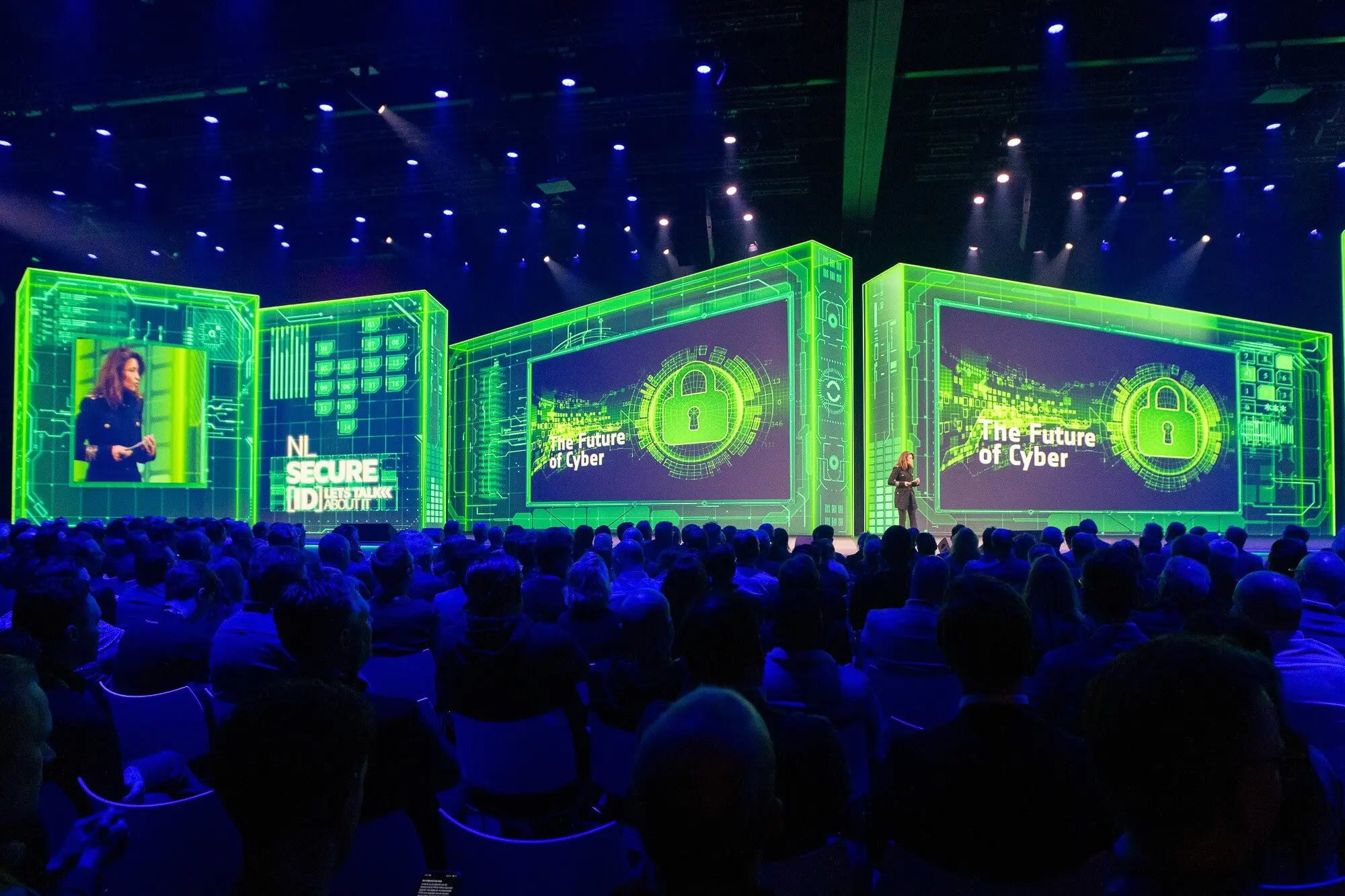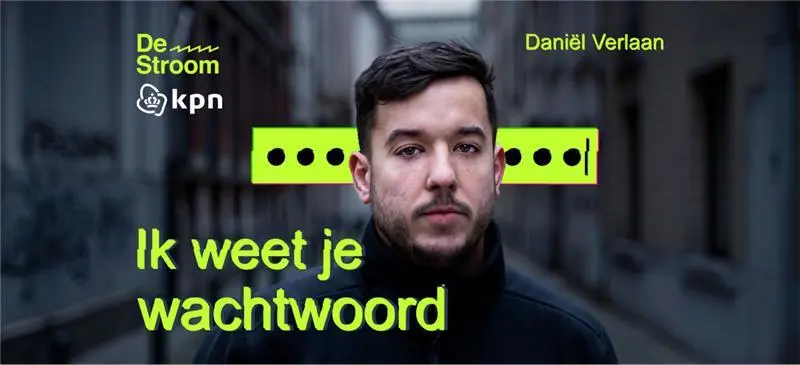Security
KPN Zakelijk Blog
Dé 5 securitymaatregelen die je als retailer minimaal op orde wilt hebben
Vrijwel elke retailer is al eens stilgevallen door een cyberincident, blijkt uit meerdere onderzoeken, en heeft grote kans opnieuw getroffen te worden. Aangezien stilval ook omzetverlies betekent, is één ding zeker: goede security levert je veel op. Je vergroot de bedrijfscontinuïteit, versterkt het klantvertrouwen en voldoet aan wet- en regelgeving. Bovendien is alles dichttimmeren helemaal niet nodig. Met deze 5 maatregelen breng je als retailer je basishygiëne op orde.

Vrijwel elke retailer is al eens stilgevallen door een cyberincident, blijkt uit meerdere onderzoeken, en heeft grote kans opnieuw getroffen te worden. Aangezien stilval ook omzetverlies betekent, is één ding zeker: goede security levert je veel op. Je vergroot de bedrijfscontinuïteit, versterkt het klantvertrouwen en voldoet aan wet- en regelgeving. Bovendien is alles dichttimmeren helemaal niet nodig. Met deze 5 maatregelen breng je als retailer je basishygiëne op orde.

Nieuwe artikelen
Zo houdt vijfsterrenvervoerder Embassy Freight zijn klantdata veilig
Topkwaliteit security: het is van levensbelang voor logistiek dienstverlener Embassy Freight. Samen met telefonie- en IT-partner Axoft en met KPN werkt de Rotterdamse onderneming continu aan het verbeteren én veiliger maken van hun dienstverlening.

Zo houdt vijfsterrenvervoerder Embassy Freight zijn klantdata veilig
Topkwaliteit security: het is van levensbelang voor logistiek dienstverlener Embassy Freight. Samen met telefonie- en IT-partner Axoft en met KPN werkt de Rotterdamse onderneming continu aan het verbeteren én veiliger maken van hun dienstverlening.















